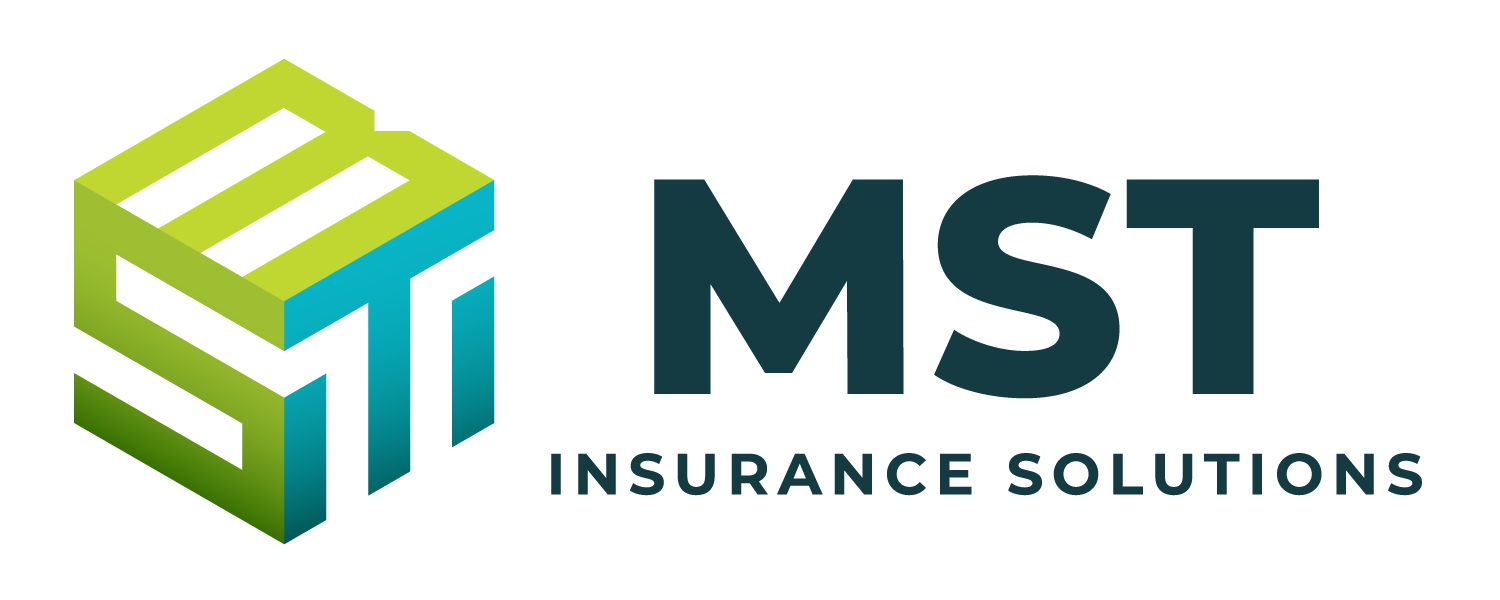Health savings accounts (HSAs) are a popular type of tax-advantaged medical savings account available to individuals enrolled in high deductible health plans (HDHPs). Individuals can use their HSAs to pay for expenses covered under an HDHP until their deductible has been met, or they can use their HSAs to pay for qualified medical expenses that are not covered under the HDHP, such as dental or vision expenses.
HSAs provide a triple tax advantage; contributions, interest and earnings, and amounts distributed for qualified medical expenses are all exempt from federal income tax, Social Security/Medicare tax and most state income taxes. Due to an HSA’s potential tax savings, federal tax law includes strict rules for HSAs, including limits on annual contributions and HDHP cost sharing.
HSAs are individually owned accounts, which means that individuals keep their HSAs even if they switch jobs or change their health plan coverage. Also, since there is no deadline for spending HSA money, individuals can use HSAs to save for future medical expenses.
This Compliance Overview summarizes key features for HSAs, including the contribution limits for 2025.
HSA Key Features
Overview |
|
| Account Description | A tax-exempt trust or custodial account established by an eligible individual to pay for qualified medical expenses. |
| Reminders for 2025 | New annual limits on contributions apply. |
| Potential Tax Benefits | · Employee contributions are either tax-deductible or pre-tax (if made by salary reduction through a cafeteria plan).
· Employer contributions are excluded from gross income and are generally not subject to income or employment tax withholding. · Interest or earnings on amounts in an HSA are not includable in gross income while held in the HSA. · Distributions are tax-free if the money is used to pay for qualified medical expenses. |
| Employee Eligibility | |
| Who May Participate? | An individual is eligible to establish and contribute to an HSA if he or she:
· Is covered under an HDHP; · Is not covered by any other health plan that is not an HDHP, except for certain limited types of coverage; · Is not enrolled in Medicare; and · May not be claimed as a dependent on another person’s income tax return. |
| HDHP Coverage Required |
An individual must be covered by an HDHP to be eligible for HSA contributions. To qualify as an HDHP, a health plan must satisfy requirements for minimum deductibles and out-of-pocket maximums. For plan years beginning in 2025, the minimum annual deductible is $1,650 for self-only coverage and $3,300 for family coverage. For 2025 plan years, the maximum deductible and other out-of-pocket expenses (excluding premiums) are $8,300 for self-only coverage and $16,600 for family coverage.
|
Contributions |
|
| Who May Contribute? | The employee, the employer or both may contribute (family members or any other person may also contribute). All HSA contributions made by or on behalf of an HSA-eligible individual are aggregated for purposes of applying the maximum contribution limit. |
| Pre-tax Employee Contributions Allowed? | Yes, contributions can be made through employee salary reductions under a cafeteria plan. Also, the irrevocable election rules that apply to most benefits offered under a cafeteria plan do not apply to HSAs. An employee who elects to make HSA contributions under a cafeteria plan may start or stop the election or increase or decrease the election during the plan year as long as the change is effective prospectively. |
| Limit on Contributions | Yes, there are limits on how much can be contributed to an HSA each year. For 2025, the maximum contribution is $4,300 for individuals with self-only HDHP coverage or $8,550 for individuals with family HDHP coverage. The limit is increased by $1,000 for eligible individuals age 55 or older at the end of the tax year. |
| Special Limit for Spouses | A special contribution rule for married individuals provides that if either spouse has family HDHP coverage, then both spouses are treated as having only that family coverage. This means that if both spouses are HSA-eligible and either spouse has family HDHP coverage, the spouses’ combined contribution limit is the annual maximum limit for individuals with family HDHP coverage (i.e., $8,550 for 2025). The contribution limit is divided equally between the spouses unless they agree on a different division. |
| Nondiscrimination Requirements | If an employer makes HSA contributions outside of a cafeteria plan, the employer must make comparable contributions to the HSAs of all comparable participating employees. Generally, contributions are comparable if they are the same dollar amount or the same percentage of the HDHP deductible. The comparability rules do not apply to employer HSA contributions made through a cafeteria plan. Employer contributions are made through a cafeteria plan when the employer’s cafeteria plan allows eligible participants to make pre-tax salary deferrals to fund their HSAs. However, when employer HSA contributions are made through a cafeteria plan, the employer’s contributions are subject to the nondiscrimination rules governing cafeteria plans. |
Distributions |
|
| Distributions Allowed | Distributions used exclusively to pay for qualified medical expenses of the employee and his or her spouse and dependents are tax-free.
Any distribution amount not used exclusively to pay for qualified medical expenses is included in the employee’s gross income and may be subject to an additional 20% tax. An HSA owner is not subject to the 20% penalty on any HSA withdrawals that they take after reaching age 65 or becoming disabled. Note: Employees who cover dependents to age 26 under an HDHP may not use HSA funds for reimbursement on a tax-free basis for an adult child’s medical expenses unless the adult child qualifies as a tax dependent of the employee. |
| Timing of Distributions | An employee may receive distributions from an HSA at any time for qualified medical expenses not reimbursed by the HDHP; however, expenses incurred before an HSA is established are not considered qualified medical expenses.
Employees do not need to meet the HSA eligibility criteria to receive a tax-free distribution from their HSAs. Also, an employee’s spouse and dependents do not have to be HSA-eligible to have their qualifying medical expenses reimbursed on a tax-free basis. |
| Qualified Medical Expenses | For HSA purposes, qualified medical expenses generally include the expenses listed in IRS Publication 502 for the medical and dental expenses tax deduction. The expenses must be incurred primarily to alleviate or prevent a physical or mental defect or illness. Expenses that are merely beneficial to general health, such as vitamins, are not included.
Some examples of qualified medical expenses are physical exams, ambulance services, durable medical equipment, dental treatment, eyeglasses and contact lenses, eye exams, diagnostic services, hearing aids, lab fees, and medicine and drugs (including over-the-counter drugs). Health insurance premiums are generally not considered qualified medical expenses for HSA purposes unless the premiums are for: · Qualified long-term care insurance; · Health care continuation coverage required by federal law (for example, COBRA); · Health care coverage while an individual is receiving unemployment; or · Medicare and other health care coverage if the employee is 65 or older (other than premiums for a Medicare supplemental policy). |
|
Other Issues |
|
| Balance and Carryover | Amounts remaining in an HSA at the end of the year are carried over to the next year. There is no deadline for using HSA money. |
| Account Subject to COBRA | No. |
| Portability | Yes, the employee is the owner of the account. An employee keeps their HSA even if they are no longer covered under the HDHP, switch jobs or have other life changes. |
| Tax Reporting | Employers report their contributions to employees’ HSAs using the Form W-2. HSA owners are responsible for annually reporting HSA contributions and distributions to the IRS on Form 8889. Form 8889 must be filed as an attachment to Form 1040 (U.S. Individual Income Tax Return). |
For a copy of this notice, click here: Key HSA Features – 2025 Compliance

